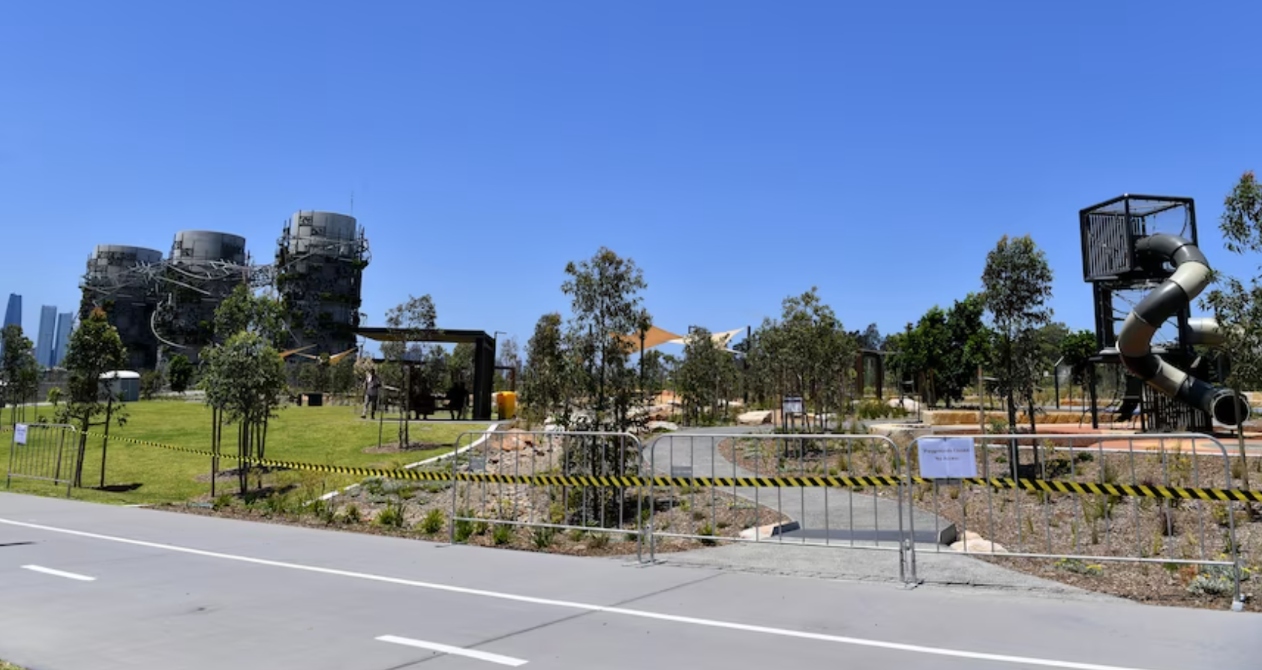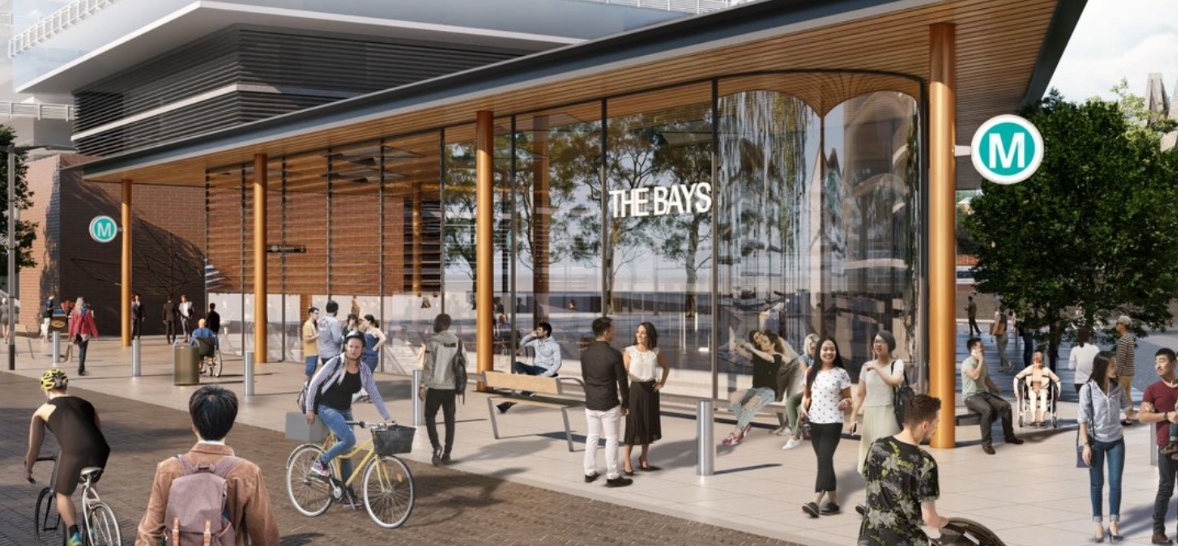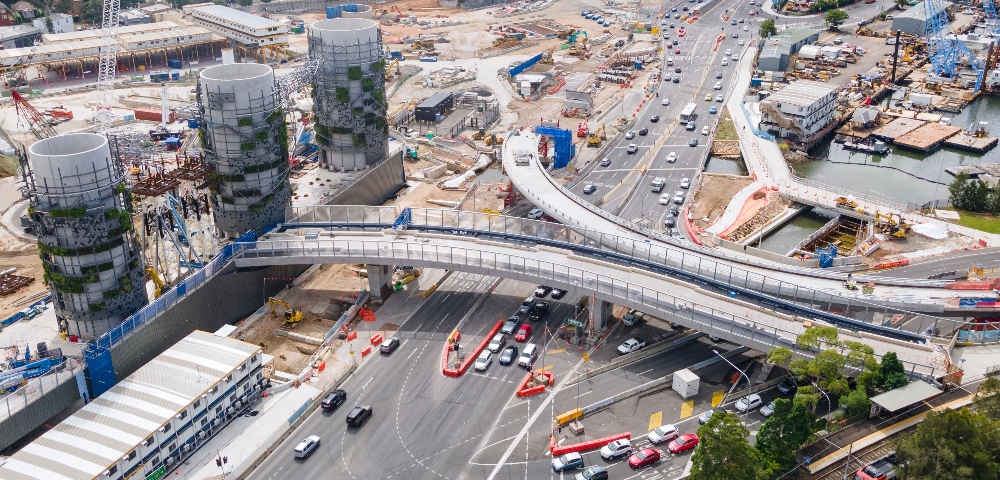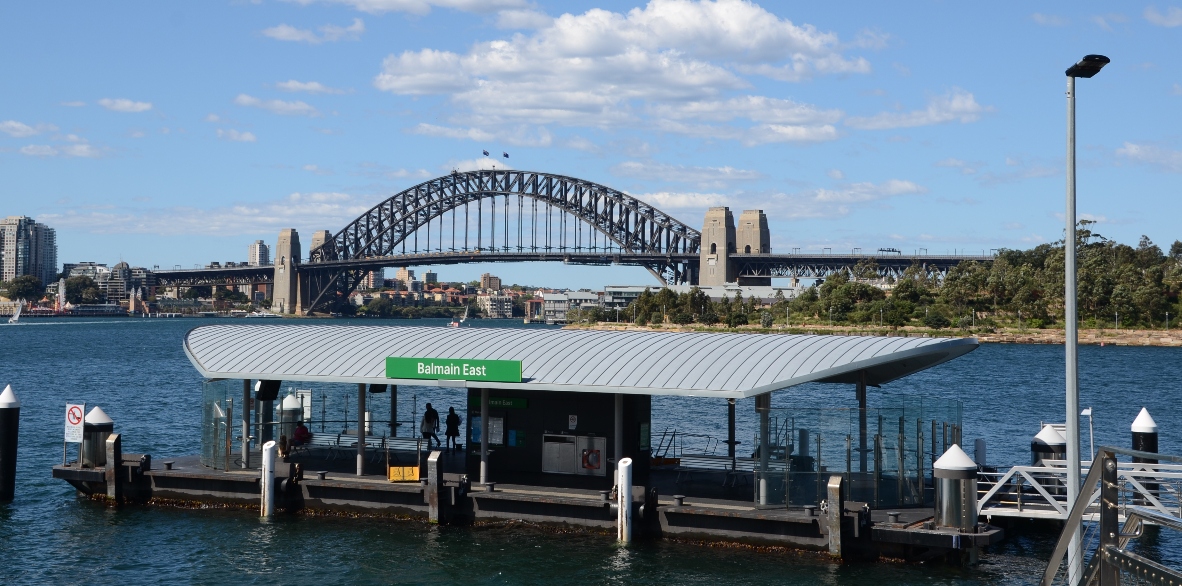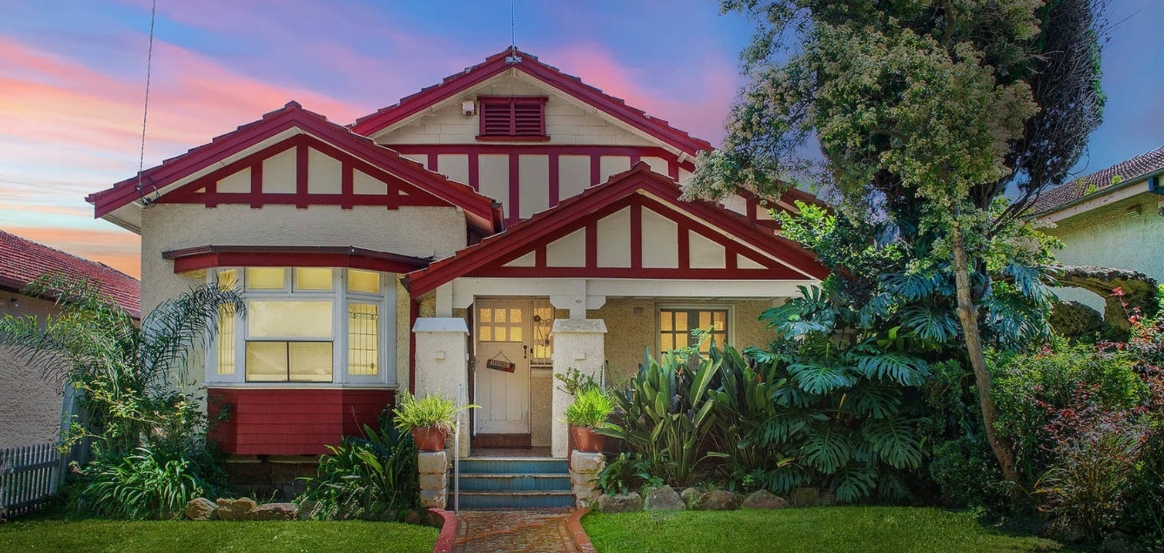
Bays Precinct threatens Glebe Island Bridge

By Elliott Brennan
Community action groups are concerned the Glebe Island Bridge is set to be the first victim of the New South Wales Government’s redevelopment of the Bays Precinct.
Premier Mike Baird described the 80 square kilometre precinct as an ‘urban wasteland’ and stressed the need to redevelop the area. Mr Baird also mentioned to the heritage status of the White Bay Powerhouse, but did not comment on the similarly listed Glebe Island Bridge.
“Unhappily, nothing is set in concrete and there have been no guarantees,” said Elizabeth Simpson-Booker, the Convener of the Heritage Subcommittee of the Glebe Society.
The Glebe Island Bridge along with its sister bridge in Pyrmont are the only functional examples of an early type of electric swing bridge that were a global talking point when their construction was completed in 1903.
The last 35 years for the Glebe Island Bridge have been tumultuous with attempts to have it removed in the 1980s and its closure when the Anzac Bridge assumed its official role in 1995.
In 2012 TfNSW commissioned a cost/benefit analysis of the 110 year old bridge which was undertaken by ACIL Allen Consulting and released in September 2013.
The report noted that the future of the bridge would have “significant implications for the Bays Precinct Area redevelopments”.
After exploring the shortlisted options of restoration, replacement, and destruction, the conclusion was reached that the most viable course of action was to completely remove the bridge in order to avoid a suggested $75.9 million dollars’ worth of savings over a 30 year period and that the monetary savings would outweigh the heritage benefits.
But only two months later as a result of efforts from The City of Sydney, The National Trust, and the Glebe Society, the Glebe Island Bridge was added to the State Heritage Registry and came under the protection of the Heritage act of 1977, presumably rendering the removal of the bridge impossible.
“Listing on the State Heritage Register means that approval from the Heritage Council of NSW is required for any major work,” said a spokesperson for the Office of Environment and Heritage.
UrbanGrowth NSW, the organisation in charge of the Bays precinct developments, has made no indication of the plans for the bridge since before it was placed on the State Registry.
“The State Heritage Register offers the highest level of protection, but there is also a mechanism to remove items,” said Simpson-Booker.
The mechanism that Simpson-Booker is worried about is Section 38 (i) of the Heritage Act of 1977, which states that the Minister for Heritage, Robert Stokes MP, can “direct the removal of a listing from the State Registry if the listing renders the item incapable of reasonable or economic use”.
Whether or not Robert Stokes MP will use the economic disadvantage clause to see the bridge removed remains unknown.
It is this lack of confirmation that will see the bridge as one of the items high on the agenda when the Glebe Society meet on August 4th to discuss the proceedings in the Bays Precinct.
TfNSW was approach for comment on the issue but did not respond before publication.




